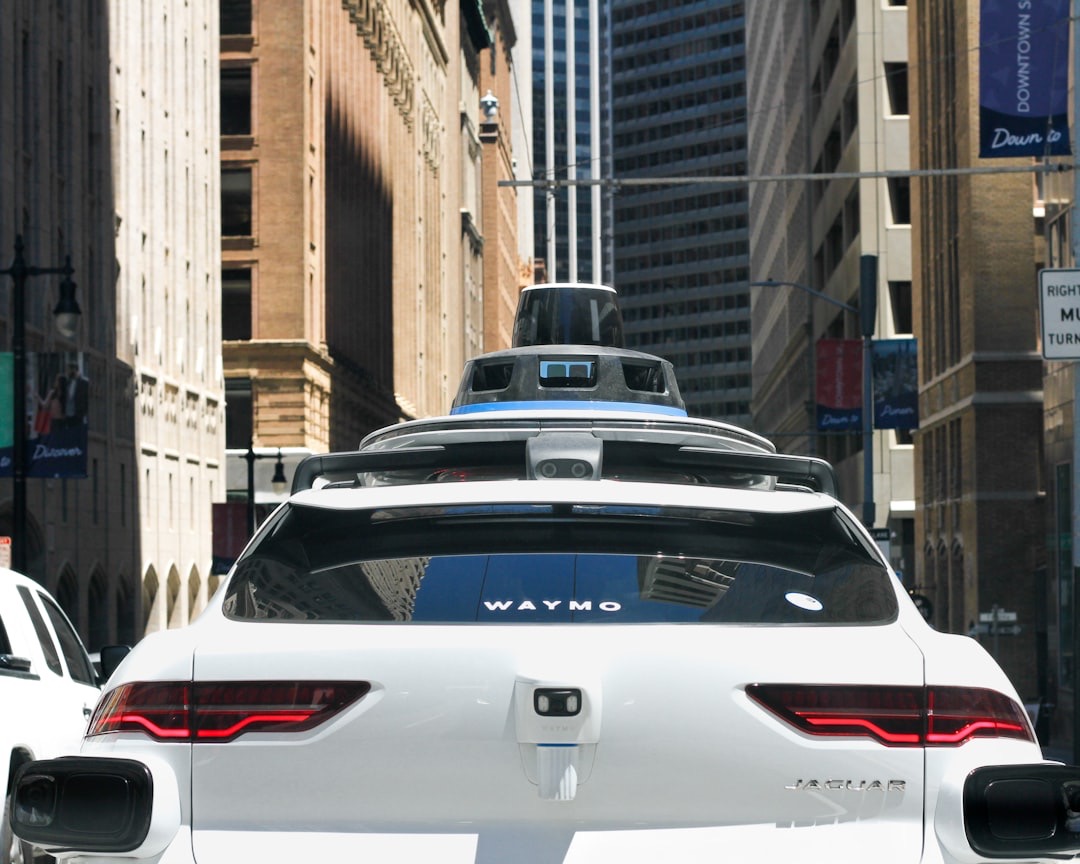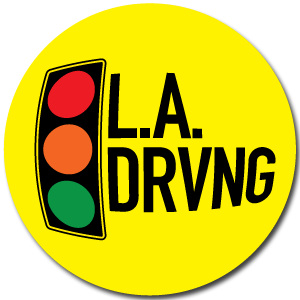Waymo’s Robotaxis Now Fully Operational in Los Angeles

Credit: gibblesmash asdf via Unsplash
Waymo’s robotaxis have officially entered the Los Angeles market, but residents might find their service less convenient than traditional rideshares like Uber and Lyft. While Waymo’s fully autonomous vehicles (AVs) are accessible 24/7 through the Waymo One app and no longer require a waitlist, their operation comes with significant restrictions and concerns that may limit their appeal in a city as complex as Los Angeles.
Limited Service Areas and Restrictions
Waymo’s fleet, currently consisting of about 100 robotaxis, operates within an 80-square-mile zone, covering neighborhoods like Hollywood, Chinatown, Westwood, and Playa Vista. However, these vehicles are limited to surface streets; they cannot take freeways, nor do they provide airport service to LAX, one of the most in-demand destinations in LA. For a city so heavily reliant on freeway travel to move efficiently across long distances, Waymo’s limitations present a potential drawback for users who need to traverse larger areas quickly.
Credit: Waymo
The absence of freeway access not only lengthens trip times but also increases costs for riders, which makes Waymo less competitive compared to Uber and Lyft. With LA’s extensive freeway system and the convenience of direct airport service, human-powered rideshares continue to offer flexibility that Waymo’s robotaxis cannot currently match.
Competition with Human-Driven Rideshares
Waymo’s limitations place it at a competitive disadvantage compared to human-operated rideshare options. Unlike Waymo, Uber and Lyft have unrestricted access to freeways, airports, and neighborhoods beyond the narrow service area Waymo has designated for its vehicles. Additionally, human-driven services often have shorter wait times and lower fares, especially since Waymo’s reliance on surface streets means longer travel times for the same distance. While the novelty of autonomous vehicles may attract some riders, these practical limitations mean Waymo’s services may not fully meet the everyday needs of Angelenos.
Safety Concerns and Public Scrutiny
Safety has been a key concern for Los Angeles officials and the public as Waymo enters the market. California’s DMV data shows that Waymo’s vehicles have already been involved in 11 minor accidents in LA since the service launched in March, a statistic that raises questions about the reliability and safety of autonomous technology on busy urban streets. Although these accidents have not resulted in severe injuries, they underscore a major concern: how well can autonomous vehicles navigate LA’s unique traffic conditions, including heavy congestion and unpredictable driving behaviors?
In response to these concerns, local officials have pushed for stronger oversight of AV services, and labor unions are worried about job losses if driverless services expand. Earlier this year, California Governor Gavin Newsom vetoed legislation that would have required companies like Waymo to report detailed data on crashes involving autonomous vehicles, sparking additional controversy. Without clear public reporting requirements, it is challenging for both regulators and the public to fully assess the safety risks associated with Waymo’s robotaxis.
Technical and Operational Challenges
Waymo’s technical restrictions point to the challenges inherent in rolling out AV technology in dense, complex urban environments. While these vehicles have been tested extensively in controlled environments, LA’s dynamic road conditions present real-world obstacles that are difficult for autonomous systems to navigate safely. For instance, freeway travel involves higher speeds, merging, and exit ramps, which add complexity and require fast, context-sensitive decisions that AV technology has yet to master reliably.
Moreover, without the ability to travel to LAX or other high-demand locations, Waymo’s service is less practical for residents or visitors who may rely on rideshares for airport transit. As the company works to improve its AV technology, these limitations restrict the practicality of using Waymo as a regular transportation option in LA.
Future of Autonomous Vehicles in Los Angeles
Despite these challenges, Waymo has seen strong interest in its robotaxi service, with nearly 300,000 LA residents signing up for its waitlist before the full launch. The public's interest suggests an openness to exploring AV technology, but the novelty may wear thin as more riders encounter the practical limitations and safety concerns associated with Waymo's robotaxis.
For now, Waymo plans to gradually expand its fleet in Los Angeles, although it has not announced any timeline for expanding service to freeways or the airport. Without these upgrades, however, Waymo’s presence in LA may be limited in scope, catering mostly to early adopters and tech enthusiasts rather than the average resident.
Waymo’s entrance into the LA market is a promising step for autonomous vehicle technology, but significant hurdles remain. For AVs to become a practical and widely accepted option in Los Angeles, they will need to offer both the versatility and safety that human-driven vehicles currently provide. Until then, Waymo’s robotaxis may serve more as an experimental service than a true alternative to conventional rideshare options.
